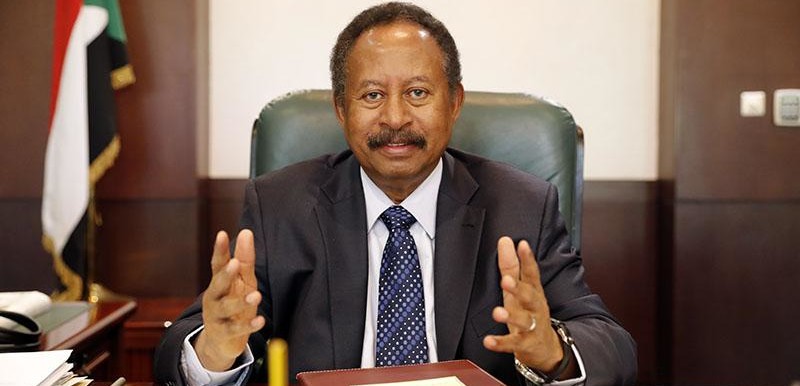Sudan is expected to form the new transitional government after a nearly six-month standstill over differences between political parties.
The delay in forming the new government has exacerbated living, economic and security conditions in the country.
The government has been accused of failing to hold former regime figures accountable, bring those accused of killing protesters to trial and complete forming the transitional government institutions.
The Forces of Freedom and Change (FFC) have held technocrats responsible for these failures.
Accordingly, the ruling coalition announced nominating politicians to become members of the new cabinet.
FFC members have been disputing for months over power-sharing, leading to the delay in government formation.
Following popular demands, the ruling coalition and its peace partners announced the cabinet will be formed on Feb. 5. It also announced the appointment of state governors and reshuffle the Sovereign Council on Feb. 11, in addition to the completion of the formation of the Legislative Council (transitional parliament) on Feb. 25.
The FFC nominated 51 candidates for 17 portfolios, three for each ministry for Prime Minister Abdalla Hamdok to choose one.
The Sudanese Revolutionary Front (SRF) nominated seven candidates for its seven portfolios, provided that the military members in the Sovereign Council choose the defense and interior ministers.
The National Umma Party received the highest share in the new government, which is expected to be announced on Sunday.
Since August 2019, a transitional government — comprised of civilians and military officials — has taken over the reins of power in Sudan.
The government was formed under a 39-month power-sharing agreement between the military and civilian groups, following the removal of long-time president Omar al-Bashir.
The Transitional Military Council (TMC) and the FFC signed the agreement, which provided for the establishment of a joint civilian-military sovereign council that would rule Sudan while elections are organized.
A military leader would head the 11-member Sovereign Council for the first 21 months, followed by a civilian leader for the next 18 months, the declaration read.
According to the agreement, the opposition coalition is allowed to choose five members of the council and the military another five, with the two sides jointly choosing a civilian as an eleventh member.
The constitutional declaration also gave the FFC the power to form the government and choose 67 percent of the 300 members of the Transitional Legislative Council.
The country also has a civilian cabinet of technocrats led by Hamdok, in response to popular demands to refrain from forming a partisan power-sharing government during the transitional period.
However, many ministers were slammed and faced popular demands to be dismissed for failing to carry out their duties during the transitional period.
In July 2020, Hamdok replaced seven senior cabinet post-holders as part of a sweeping reshuffle.
He named interim replacements to lead these ministries until the FFC, which is the current political reference of the interim government, appoints new ministers.
Nevertheless, many parties postponed naming these ministers, pending the peace partners who signed the Juba Peace Agreement in October 2020.
The peace agreement was signed by the government and several armed groups affiliated with the SRF.
Under the agreement, armed movements will be granted 25 percent representation in the cabinet, two portfolios (defense and interior) to be headed by the military component, 17 seats for the FFC, and three seats were agreed to be allocated to the Transitional Sovereign Council, while the Transitional Legislative Council was granted 75 percent representation.
Therefore, the new cabinet is expected to include 26 ministries instead of 20.








































admin in: How the Muslim Brotherhood betrayed Saudi Arabia?
Great article with insight ...
https://www.viagrapascherfr.com/achat-sildenafil-pfizer-tarif/ in: Cross-region cooperation between anti-terrorism agencies needed
Hello there, just became aware of your blog through Google, and found ...